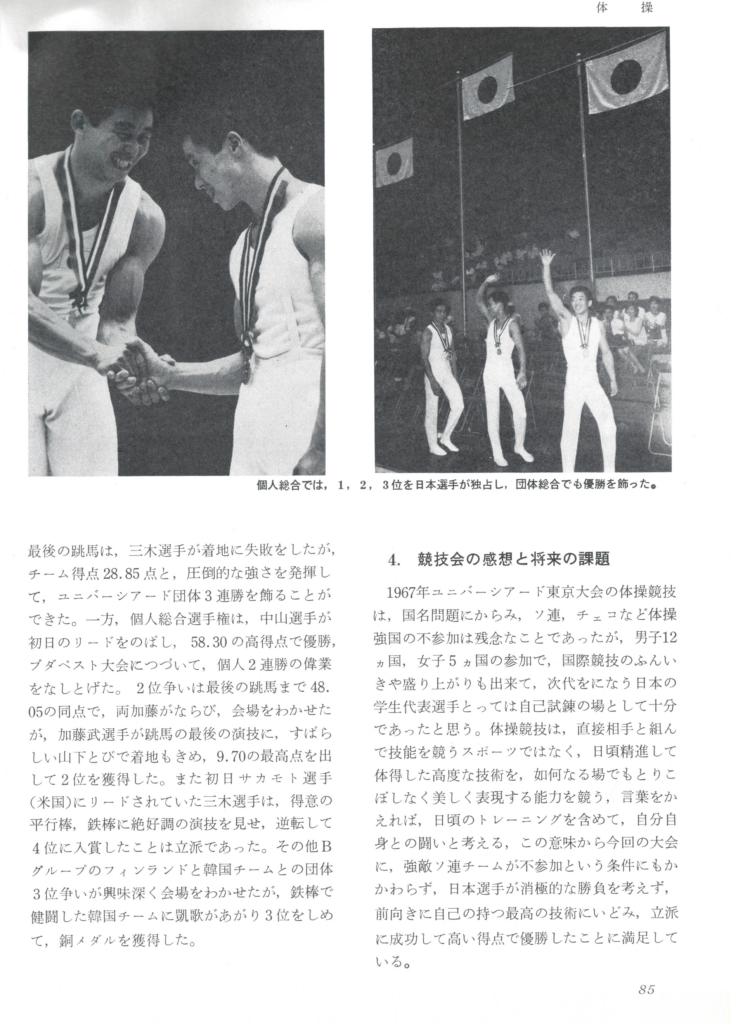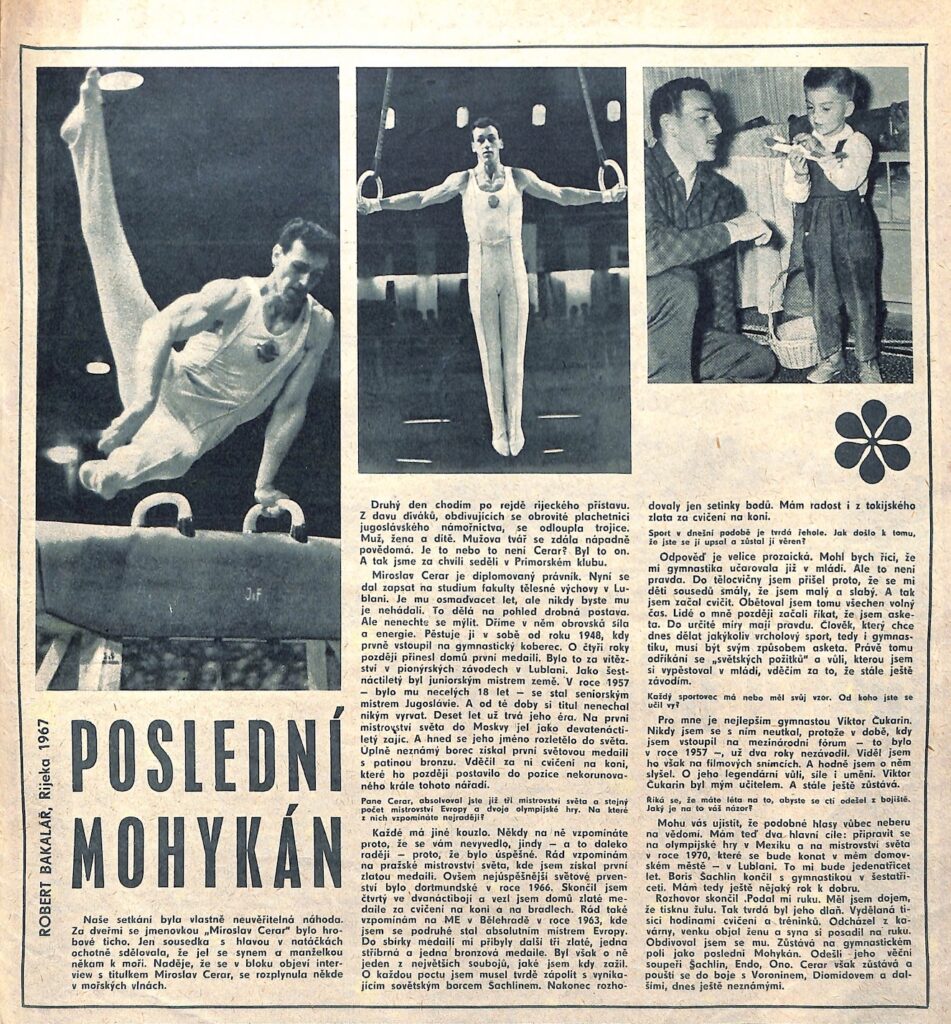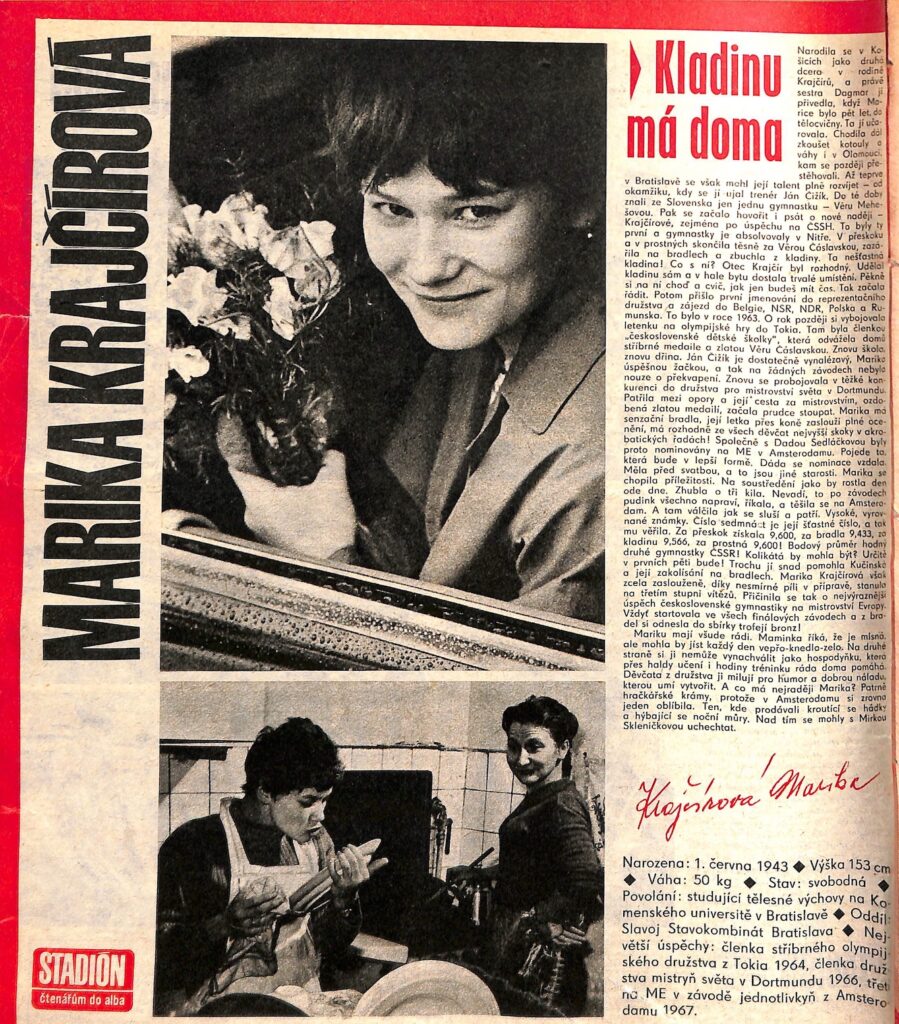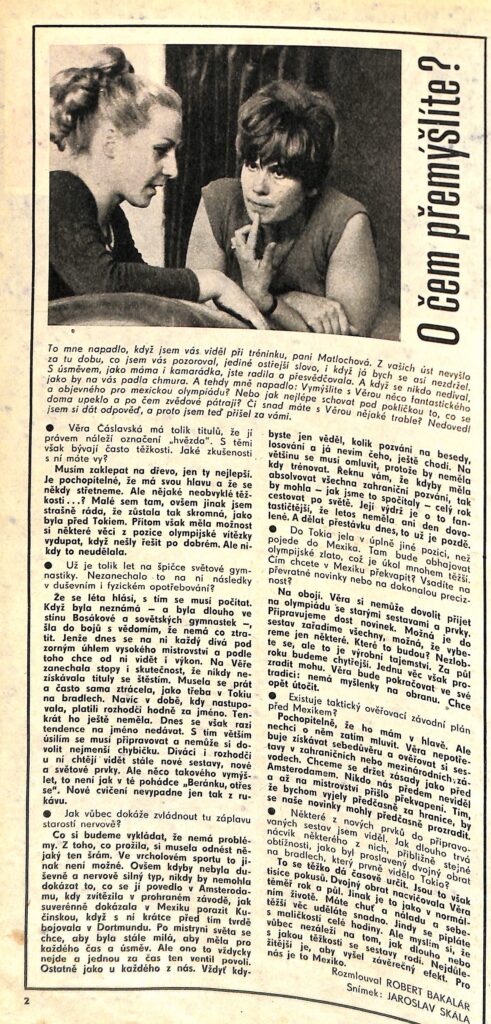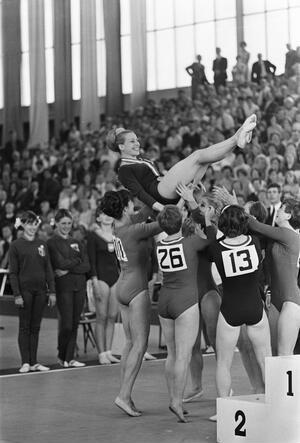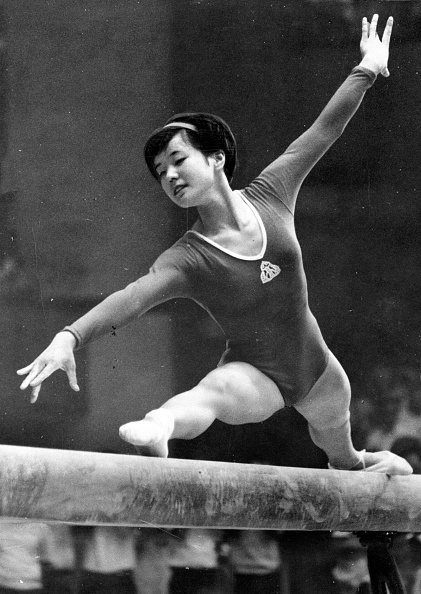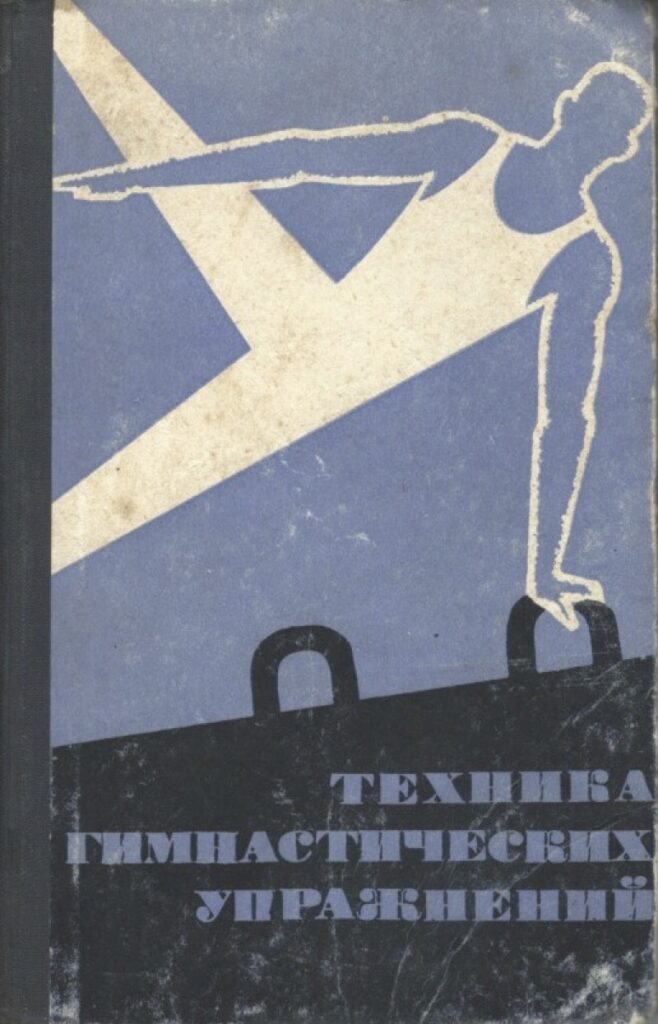In 1963 and 1965, the Hungarian team won the team titles at the University Games. They were unable to defend their title because Hungary boycotted the competition in support of North Korea:
The Tokyo 1967 Summer Universiade certainly had its challenges even before the competition started, with the Eastern bloc nations such as the Soviet Union, East Germany, North Korea, Romania, Hungary, Bulgaria, Poland, and Cuba boycotting the Games because of the political dynamics at the time. The first to boycott was North Korea, who demanded that it be referred to as the Democratic People’s Republic of Korea during the Universiade, a request that was denied. The countries from the East then rallied around their communist ally and also pulled out.
Source: Spotlight: Remembering the Tokyo 1967 Summer Universiade
Reminder: At other competitions, there was controversy over referring to the German Democratic Republic as East Germany.
As a result, the 1967 University Games were a rather small competition that ended with Japan winning easily over the United States, and Matsuhisa Miyuki winning the all-around comfortably. (Yes, there was a time when the U.S. women sent teams to the University Games.)
Here are the results, as well as a translation of Japan’s Official Report on the 1967 University Games.
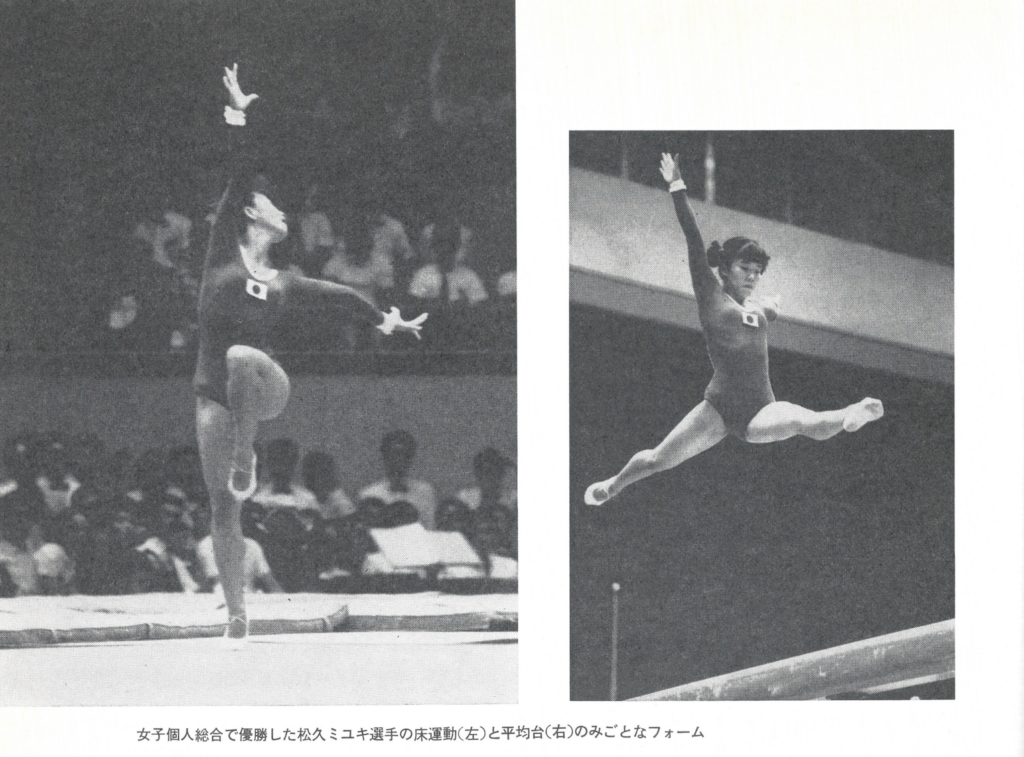
Source: Japan’s Official Report on the 1967 University Games
